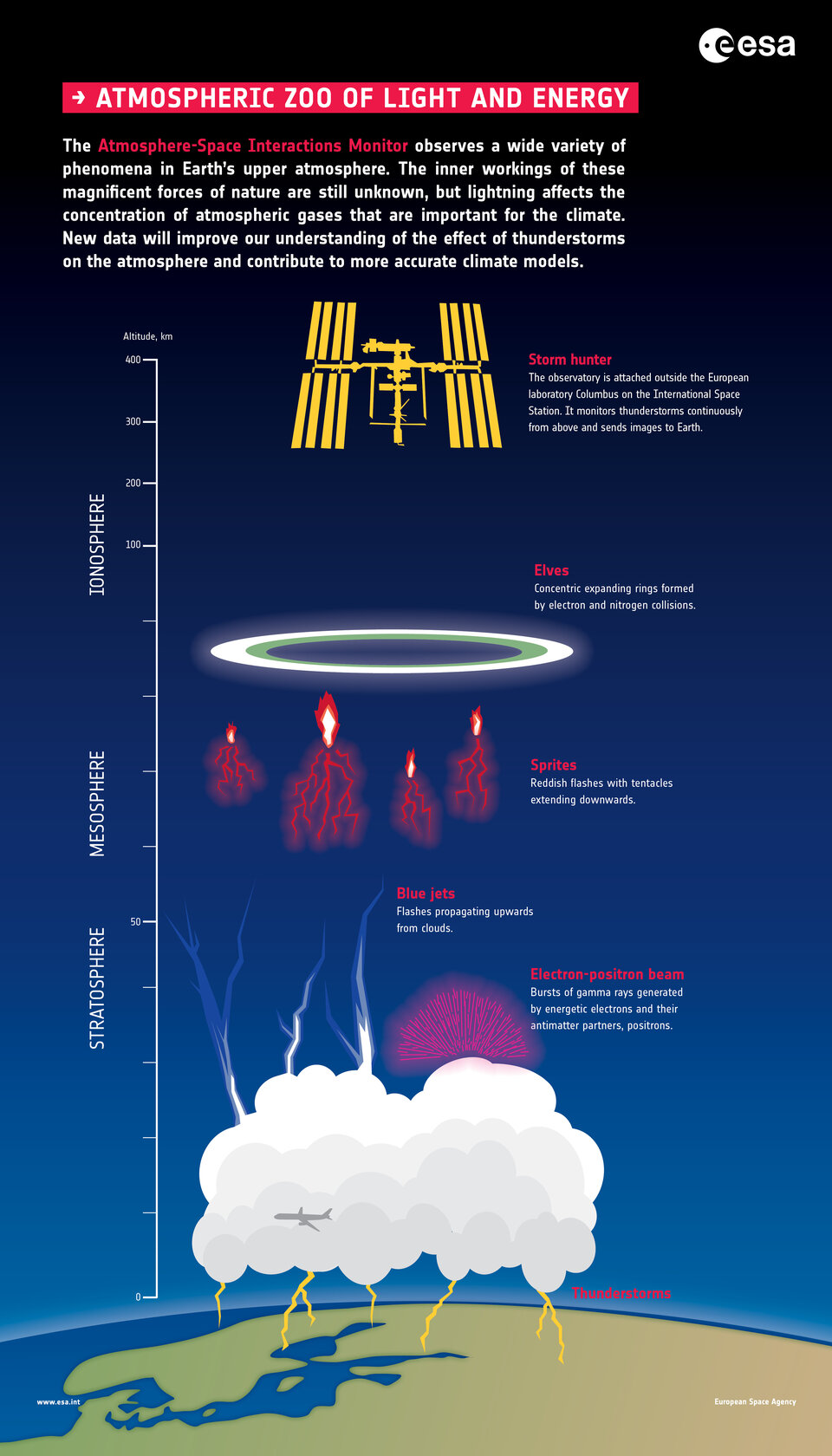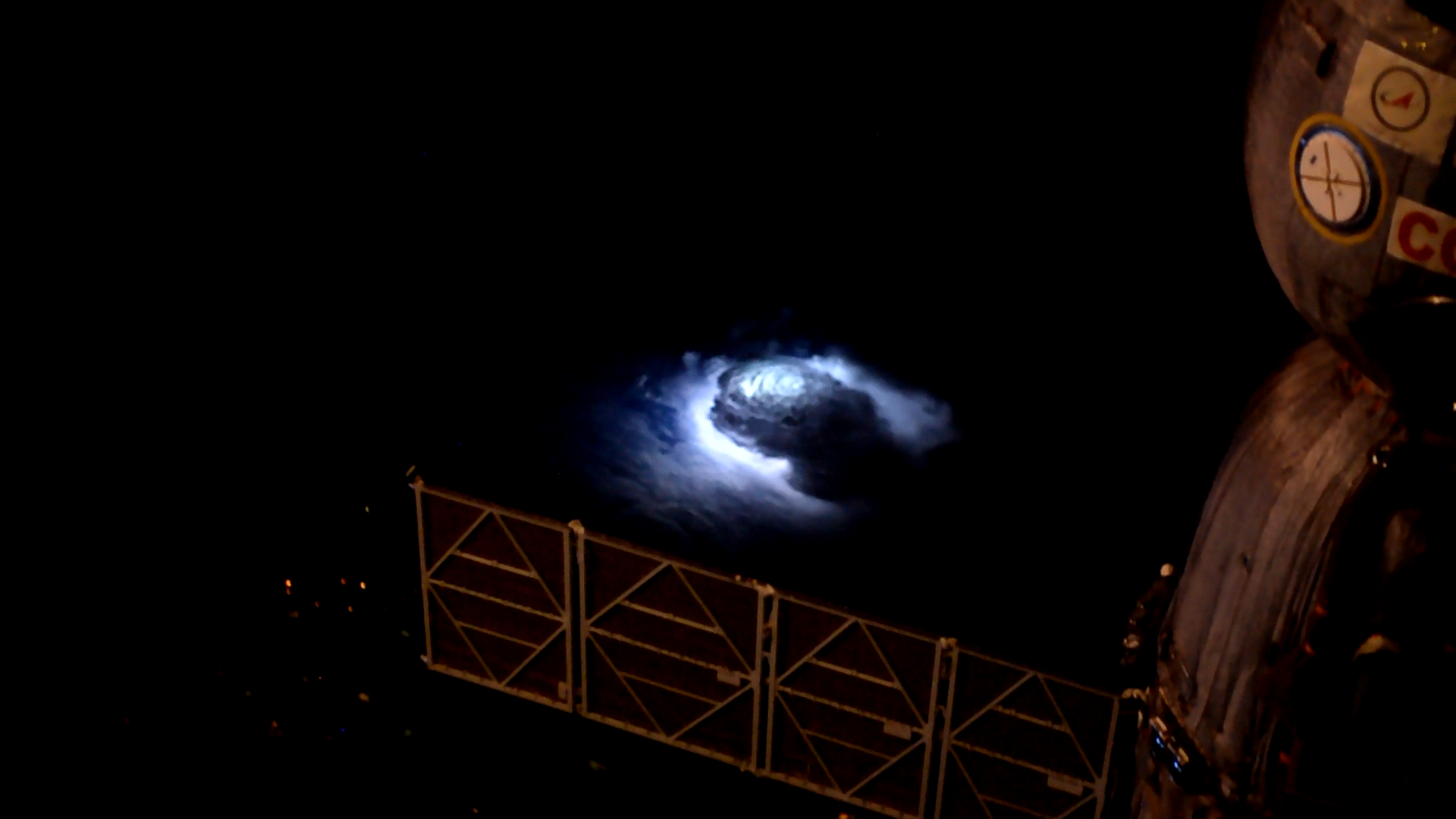How space science is combating climate change
If you have been following International Space Station news, you know that hundreds of scientific experiments are performed in low-Earth orbit and the pace is only increasing. This is great news for scientists, especially those that have been preparing for years to send their experiment to the orbital outpost, but what does it mean for people on Earth?
If you are not into plasma nanoparticles, subjective time measurement in microgravity or traveling to Mars in the future, what benefit does space science have for you?
Potentially a lot. Experiments performed on the International Space Station could in fact help save our planet. All one needs to do is look beyond the initial outcomes and ask: "How can this information be useful in other areas?"
ASIM

The Atmosphere-Space Interactions Monitor or ASIM was installed on the Space Station in 2018. The collection of optical cameras, photometers and an X- and gamma-ray detector is designed to look for electrical discharges originating from stormy weather that extends above thunderstorms into the upper atmosphere.
The experiment has been very successful in describing elements that are associated with thunderstorms, such as ‘blue jets’, ‘elves’ and ‘sprites’ that we cannot observe and research from the Earth’s surface. It also captured the presence of short bursts of gamma rays, that are actually formed within electrical lightning flashes.
Dissecting the anatomy of a thunderstorm is extremely interesting for those studying fundamental physics, but it can also provide valuable insights to scientists studying climate change.
Thunderstorms and climate
Thunderstorms are formed when hot air rises and comes in contact with colder layers of air in the upper atmosphere. This airflow takes with it any particles and greenhouse gasses present in the lower regions of the Earth’s atmosphere.
Electrical discharges in a thundercloud have a chemical effect on the gases in the air, and cause higher concentrations of ozone and nitrous oxide, greenhouse gases that at are at the root of climate change.
Nitrous oxide is the third strongest greenhouse gas after carbon dioxide and methane, and has the strongest global warming potential. What is worse is that, the negative effects of these gases are even more pronounced at the higher altitudes of a thunderstorm.
One type of electrical discharge that is responsible for these chemical changes is the ‘blue streamer corona’. The presence of these coronas can influence the chemical balance of the atmosphere, now and in the future. Not much was known about this phenomenon before, but through ASIM, the coronas can now be measured from low-Earth orbit and eventually applied to climate models.
Studying thunderstorms through the ASIM will give us better insights into the progression and the effects of climate change, with strongest impact on tropical regions.
As Francisco Gordillo-Vazquez, senior staff scientist at the Institute of Astrophysics of Andalusia (IAA-CSIC) and part of the international ASIM team says: “Fundamental understanding and knowledge can have tremendous and unsuspected practical benefits. Missions like ASIM are quite cheap when compared to commercial space programs. The knowledge learnt from this programme will help create solid foundations for future space instruments to build upon.”
This research will be hugely beneficial in the fight against climate change, especially as a warmer climate can also cause more thunderstorms to occur in the first place. The more we can understand, the more we will be able to avoid negative effects.


